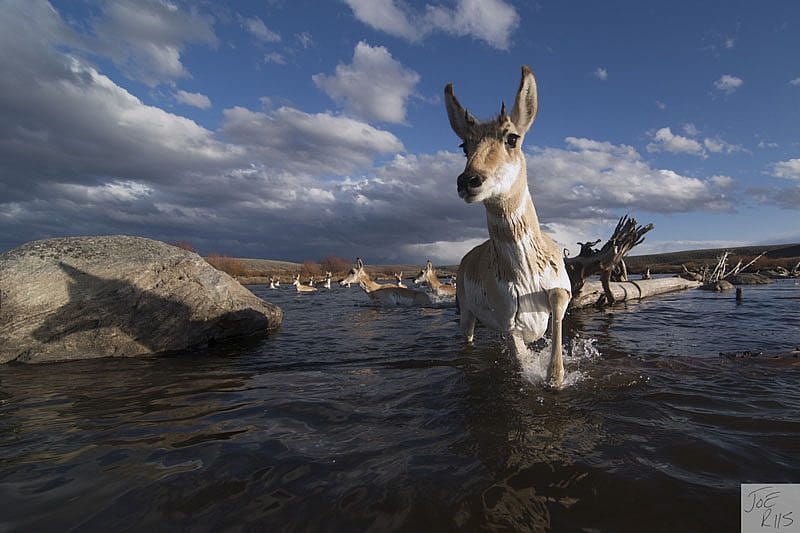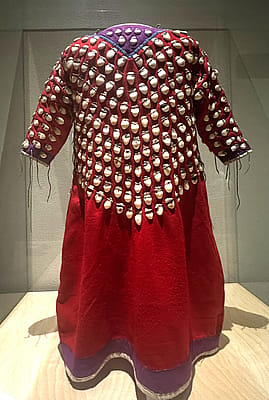
Past Exhibition: Pronghorn Passage
Past Exhibition:
Pronghorn Passage
Adventure – Conservation – Storytelling
Each spring in late May about 300 pronghorn antelope arrive to their summer birthing grounds in Grand Teton National Park. The antelope travel 170 miles from their winter range in the Green River Basin to the south. This is the second longest recorded overland mammal migration in the western hemisphere (after caribou in the arctic).
The Teton pronghorn swim through five major rivers and cross a 9,000-foot mountain pass to make this journey. They also maneuver natural gas drilling fields, highways, and subdivisions that threaten to block the migration corridor.
Around the world, long distance animal migrations are disappearing due to habitat destruction, killing of animals for food and other uses, climate change, and corridors getting blocked by development.
Citizens from many backgrounds have come together in western Wyoming to initiate innovative conservation measures. For example, they’ve established the first ever National Migration Corridor along the National Forest section of the pronghorn path and rebuilt dangerous fences on private land so the antelope can more easily crawl under.
Pronghorn Passage was a collaborative project between wildlife photographer—and Camp Monaco Prize co-laureate—Joe Riis of South Dakota and environmental writer Emilene Ostlind of Wyoming. Both graduates of the University of Wyoming, Joe and Emilene have spent three years following the Teton herd’s migration on foot to capture the journey in photographs and writing.
While more work needs to be done, the story of the Teton antelope serves as an inspiring model for protecting wildlife migrations everywhere.
Pronghorn Passage was supported by:

Written By
Nancy McClure
Nancy now does Grants & Foundations Relations for the Center of the West's Development Department, but was formerly the Content Producer for the Center's Public Relations Department, where her work included writing and updating website content, publicizing events, copy editing, working with images, and producing the e-newsletter Western Wire. Her current job is seeking and applying for funding from government grants and private foundations. In her spare time, Nancy enjoys photography, reading, flower gardening, and playing the flute.










